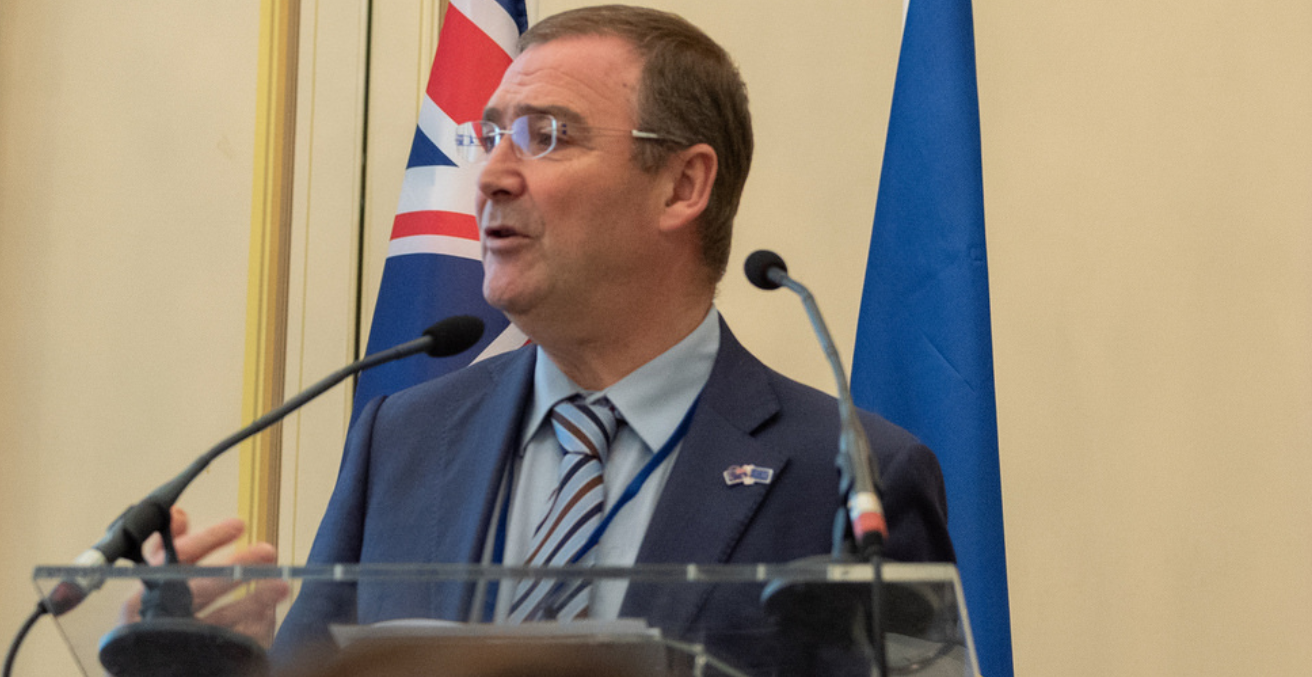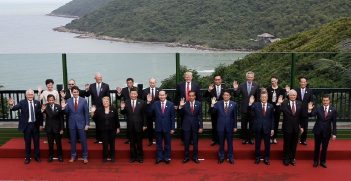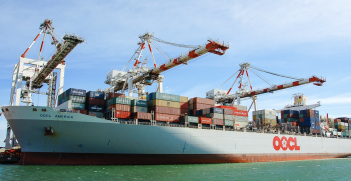EU-Australia Free Trade Talks: Services Essential

Although agricultural trade has dominated the headlines, the EU – Australia Free Trade Agreement has far greater implications for the service sectors.
Why services?
The EU is by far the biggest global exporter of trade in services with US$1009 billion worth of exports in 2017, representing more than 25 per cent of global exports. Including intra-EU trade, EU countries exported US$1.9 trillion of services in 2017, representing more than 37 per cent of all world exports. With such an important share of the EU’s international trade attributed to services, it is obvious that any EU Free Trade Agreement (FTA) without substantial discipline and commitments to services will not make much sense.
The EU is a significant exporter to Australia with a total volume of €51.2 billion in 2016, 36.7 per cent or €18.8 billion of which was services exports. Australian exports of services to the EU are also significant at €8.3 billion, representing 38.8 per cent of total exports to the EU, even greater than agricultural trade. When we look at the Australian figures, world exports in terms of balance of payment and trade in goods represents 82 per cent of total exports, leaving trade in services a small 18 per cent.
But the new way of calculating international trade in terms of value added – the Trade in Value Added (TiVA) indicators and database developed by the Organisation for Economic Cooperation and Development (OECD) and the World Trade Organization – shows that 46.1 per cent of total Australian exports are services. According to this database, 36.3 per cent of Australian goods exports are services embedded into exported goods. When we look at the same figures for the EU, 60.5 per cent of all EU exports are services, and 39.1 per cent of the value of manufactured goods exported by the EU are “services around the products”.
These new elements need to be considered during the trade negotiations. The fact that the two parties were major proponents of plurilateral negotiations aimed at a Trade in Services Agreement (TiSA) – that unfortunately stalled in November 2016 after the US elections – is a strong signal that negotiators are aware of this, but it will now need to be integrated at the political level in the framework of the bilateral FTA.
The dimension of services will also need to be closely analysed when studying the impact of Brexit on EU trade policy and its possible influence on Australia’s interest in a strong EU FTA. Indeed, many Australian exporters and investors in the EU presently trade via the United Kingdom, and a significant share of EU service exports to Australia come from the UK. This will remain since the UK is a major player in international trade in services, ranking second after the US, representing 6.6 per cent of world trade in services in 2017 and 14.6 per cent of EU services exports in 2016 with US$148 billion.
The implications for the FTA
In its new Free Trade Agreements, the EU usually understands an agreement that includes trade in:
- Goods: tariff cuts on manufactured goods, agriculture and commodities, non-tariff barriers like standards and rules of origin.
- Trade in services: cross border trade and movement of people.
- Investment: pre-establishment market access including service sectors and all other economic sectors.
- Intellectual property rights: copyrights, patents and data flows.
- Public procurement: including central, regional, local, and public entity services.
- State-to-state dispute settlement.
- Regulatory disciplines and cooperation.
- A so-called ‘sustainable development chapter’ that will establish rules on labour and the environment, as well as on other domains like trade and corporate social responsibility, trade and climate change, trade and corruption, trade and gender, etc.
When specifically focusing on trade and investment in services, the negotiations deal with the following elements: the market access pillar, regulatory disciplines and cooperation, the movement of natural persons and the mutual recognition of qualifications.
Regarding the market access pillar, it is important to underline that the current bidding level of legal international commitments between the two parties are the commitments taken in the framework of the WTO’s Uruguay Round—in particular those taken in the General Agreement on Trade in Services (GATS) in 1995, and subsequently in 1997 for basic telecoms and financial services.
In the bilateral talks, the parties have decided to adopt the scheduling of market access and national treatment commitments using a negative list approach. This is the preferred method of EU and Australian service industries, as well as of the Australian government, but is not always well understood or appreciated by the EU member states or the European parliament. However, when accepting to use this method, the EU opted for a “full” negative list approach, listing restrictions at the level of the EU Member States, which is not the case in Australia, where restrictions at sub-federal level are not explicitly listed. The parties should start the negotiations at least at the level of their best tabled offer in the framework of the TiSA negotiations of November 2016.
But this could be further improved by replicating or improving on the EU’s commitment to Canada in the recently signed CETA (Comprehensive Economic Trade Agreement) and Australia’s commitments in the Comprehensive and Progressive Trans-Pacific Partnership (TPP) that was signed on 8 March 2018. For market access in services sectors, the parties should aim – with negotiated exceptions – to remove all equity caps and bind their current regulatory practices and adopt a standstill and ratchet clause for many sectors to ensure future autonomous reforms.
Another very important element of the negotiations will be public procurement. There is no doubt that the EU will look for increased public procurement market access in the services sectors: construction, architecture and engineering, cleaning and catering in administrations and all public entities, insurance, telecom and IT, security and the environment.
The fact that Australia has been accepted to join the World Trade Organization Agreement on Government Procurement (GPA) in October 2018 is a good signal, but the EU will likely ask for more, requesting better access to Australia’s sub-federal level and all relevant public entities. The parties will also negotiate the adoption of a strong horizontal chapter on disciplines for domestic regulation. That is, transparency of regulation, prior consultation with stakeholders, impact assessment, transparency of licensing requirements and procedures.
Like in TiSA, the service chapter or annex will also include some sector specific disciplines in regards to telecoms, postal services, energy, environment, maritime and air transport, financial services, e-commerce, cross border data flow and sector specific regulatory cooperation or ‘living agreement’. The disciplines on State Owned Enterprises (SOEs) will also certainly apply to service companies. The negotiations for the commitments of the so-called “movement of natural persons” are also a key priority for EU and Australian businesses in this FTA. The principle of the matter is to negotiate access to skilled business persons for a temporary period only, not for permanent migration. Economic operators, services and nonservices are all interested in getting faster business visa and work permit delivery procedures.
To conclude, in some services sectors, getting access for companies and natural persons is not always sufficient to do business. This is notably the case for professional services like accountancy, auditing, architecture, engineering, law and medicine. The agreement will therefore try to achieve some mutual recognition in professional qualifications, which could be inspired by the EU-Canada CETA.
Pascal Kerneis is the Managing Director of the European Services Forum and a member of the EU-Australia Leadership Forum Multi-Stakeholder Steering Committee.
This article was originally published in The EU and Australia: Towards a New Era, the official publication of the EU-Australia Leadership Forum 2018, which took place from 18-22 November. It is republished with permission.
The AIIA is part of the international consortium selected to deliver the EU-Australia Leadership Forum project, a three-year initiative funded by the EU. Click here for video highlights of the forum.





